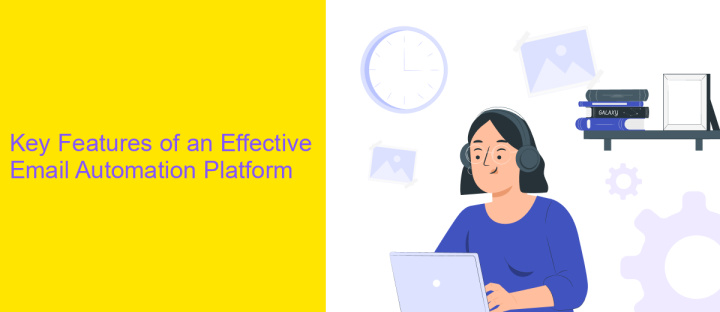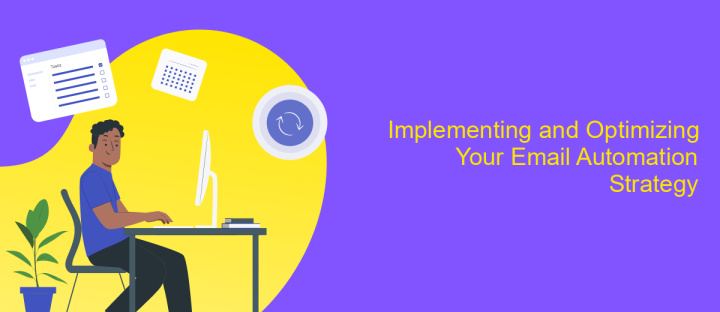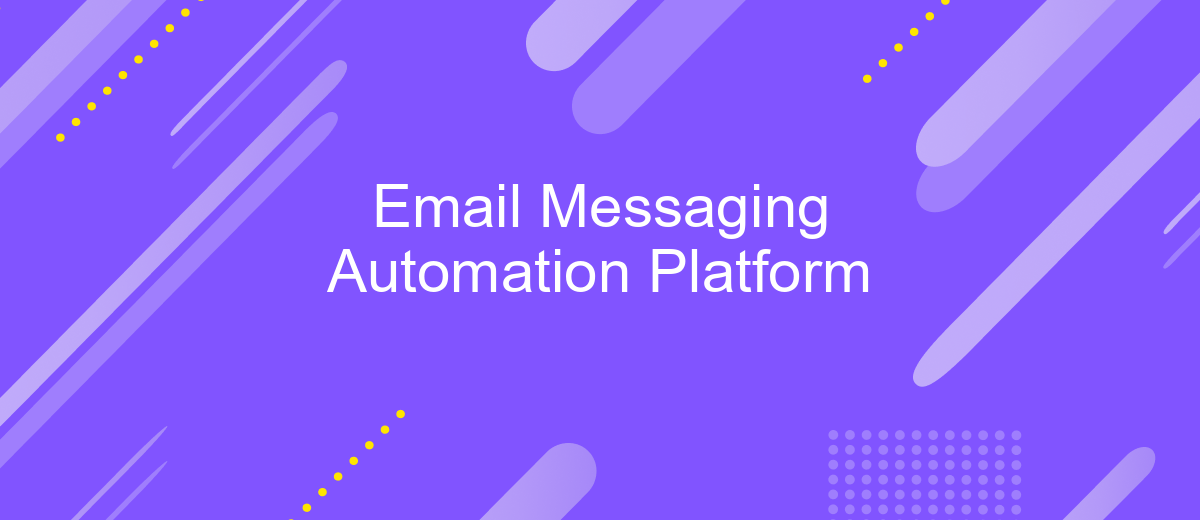Email Messaging Automation Platform
In today's fast-paced digital landscape, businesses are constantly seeking ways to streamline communication and enhance customer engagement. An Email Messaging Automation Platform offers a powerful solution, enabling companies to efficiently manage and automate their email marketing campaigns. By leveraging advanced technology, these platforms help businesses save time, improve accuracy, and deliver personalized content to their audience, ultimately driving growth and increasing customer satisfaction.
Introduction: The Power of Automated Email Messaging
In today's fast-paced digital world, businesses are constantly seeking ways to enhance communication efficiency and effectiveness. Automated email messaging has emerged as a powerful tool, enabling companies to streamline their communication processes while maintaining a personalized touch. By leveraging automation, businesses can ensure timely and relevant interactions with their audience, ultimately boosting engagement and conversion rates.
- Increased efficiency in managing large volumes of emails
- Personalized communication at scale
- Enhanced customer engagement through timely interactions
- Data-driven insights for continuous improvement
- Cost-effective solution for businesses of all sizes
Embracing automated email messaging allows businesses to focus on strategic objectives rather than getting bogged down by repetitive tasks. By integrating advanced analytics and personalization techniques, companies can deliver tailored content that resonates with their audience. This not only fosters stronger customer relationships but also drives business growth, making automated email messaging an indispensable component of modern marketing strategies.
Key Features of an Effective Email Automation Platform

An effective email automation platform must offer a user-friendly interface that allows marketers to create, schedule, and manage campaigns effortlessly. Key features should include customizable templates, drag-and-drop editors, and advanced segmentation tools to ensure personalized messaging. Automation rules and triggers are essential for sending timely and relevant emails based on user behavior and preferences. Additionally, robust analytics and reporting tools provide insights into campaign performance, helping businesses refine their strategies for better engagement and conversion rates.
Integration capabilities are crucial for a seamless workflow. Platforms should support connections with popular CRM systems, e-commerce platforms, and other marketing tools. ApiX-Drive, for example, offers easy integration solutions, enabling users to connect their email automation platform with various services without any coding skills. This enhances data synchronization and streamlines marketing efforts. Furthermore, features like A/B testing, dynamic content, and multi-channel support ensure that the platform can adapt to evolving marketing needs, providing a comprehensive solution for businesses aiming to optimize their email marketing strategies.
Choosing the Right Platform for Your Business Needs

Choosing the right email messaging automation platform is crucial for enhancing your business communication strategy. With numerous options available, it’s essential to consider specific factors that align with your business needs. Start by evaluating the size of your business and the complexity of your email marketing campaigns. This will help you determine the level of sophistication required in a platform.
- Identify your primary goals: Are you focusing on customer engagement, lead generation, or sales conversion?
- Assess integration capabilities: Ensure the platform integrates seamlessly with your existing CRM and other tools.
- Consider scalability: Choose a platform that can grow with your business and handle increased email volumes.
- Evaluate user-friendliness: The platform should be easy to navigate for your team, minimizing the learning curve.
- Analyze cost-effectiveness: Compare pricing models to ensure the platform fits within your budget while delivering value.
By carefully considering these factors, you can select an email messaging automation platform that not only meets your current requirements but also supports future growth. This strategic choice will enable your business to deliver personalized, timely, and effective communication, ultimately driving better results and higher customer satisfaction.
Implementing and Optimizing Your Email Automation Strategy

Implementing an effective email automation strategy begins with understanding your audience's needs and preferences. Start by segmenting your email list based on demographics, purchase history, and engagement levels. This ensures that your messages are relevant and tailored to each recipient, increasing the likelihood of conversion.
Once your segments are defined, focus on creating compelling content that resonates with your audience. A/B testing different subject lines, email designs, and calls-to-action can provide valuable insights into what works best. Use these insights to continuously refine your strategy and improve your email performance.
- Define clear goals and objectives for your email campaigns.
- Utilize analytics to track open rates, click-through rates, and conversions.
- Regularly update and clean your email list to maintain high deliverability.
- Integrate personalization to enhance engagement and foster loyalty.
Optimization is an ongoing process. Regularly review your campaign metrics and adjust your strategies accordingly. By staying informed about the latest trends and technologies in email marketing, you can ensure that your automation efforts remain effective and aligned with your business goals.


Case Studies and Future Trends in Email Automation
Many companies have successfully implemented email automation to enhance their marketing strategies. For instance, a leading e-commerce platform utilized email automation to segment its audience based on purchase history and engagement levels. This approach allowed them to send personalized product recommendations, resulting in a 30% increase in conversion rates. Similarly, a nonprofit organization used automated email campaigns to nurture donor relationships, significantly boosting their fundraising efforts. These case studies highlight the transformative potential of email automation in achieving targeted communication and improved outcomes.
Looking ahead, the future of email automation is poised to embrace advanced technologies like artificial intelligence and machine learning. These innovations will enable even more precise audience segmentation and predictive analytics, allowing businesses to anticipate customer needs. Moreover, with services like ApiX-Drive, companies can seamlessly integrate their email platforms with other tools, ensuring a cohesive digital strategy. As email automation continues to evolve, organizations that leverage these trends will likely experience enhanced efficiency and engagement, setting new standards in digital communication.
FAQ
What is an Email Messaging Automation Platform?
How can I integrate an Email Messaging Automation Platform with other tools?
Can I personalize emails with an Email Messaging Automation Platform?
How do I measure the success of my email campaigns?
Is it possible to automate email responses?
Do you want to achieve your goals in business, career and life faster and better? Do it with ApiX-Drive – a tool that will remove a significant part of the routine from workflows and free up additional time to achieve your goals. Test the capabilities of Apix-Drive for free – see for yourself the effectiveness of the tool.

